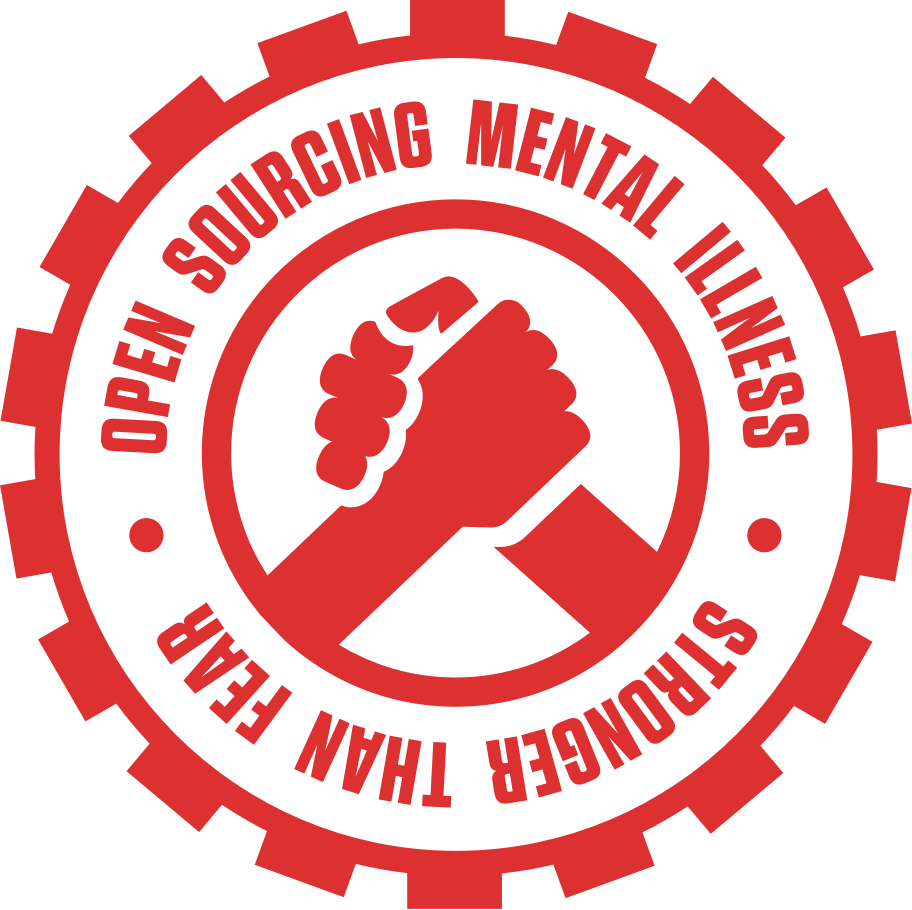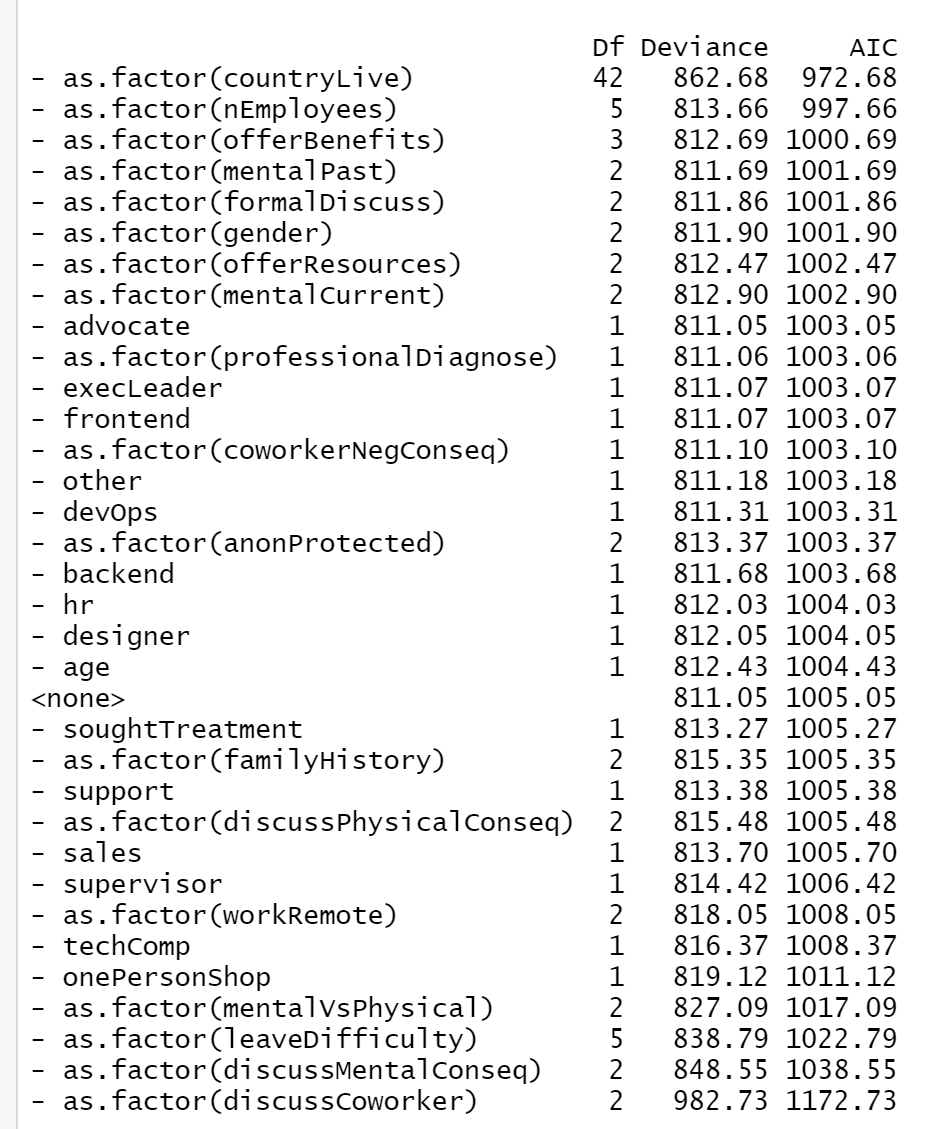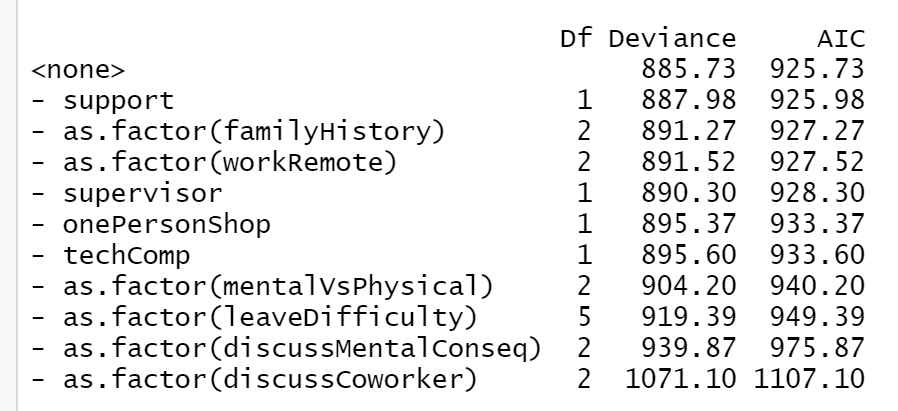These models and analysis are only valuable insofar as they inform actionable steps towards meaningful workplace reform.
Here, those steps are informed by significant and insignificant trends working together to paint a complete picture.
First, we see that company structure (size, location, etc.) is not to blame for any significant correlations with mental health.
Companies cannot credibly make sweeping statements like “problems are inevitable for all businesses of this size” or “every corporation
around here deals with things like this” to justify non-responses to important issues. Any tech company of any makeup can create a healthy
working environment, given they put substantial effort into effective reform.
What does effective reform look like? To start, we can consider what doesn’t work. Powerpoint presentations, posters, formal presentations and other token
acts of mental health awareness were found to be some of the least significant factors in improving the comfort of employees in discussing mental health.
Calling workers into a board room on an arbitrary Tuesday, making them listen to an hour long talk from a HR rep, and sending everyone on their way was never
going to solve anybody’s problems. Regardless of intentions, these shallow responses likely frame companies as doing the bare minimum to appear responsible,
only caring about employees’ wellbeing as little as they must to avoid widespread backlash. For an employee to genuinely feel comfortable openly discussing
mental health illness, they must feel recognized and cared for as a human being.
To adopt a healthy mindset of concern and accomodation, companies need to show employees that it is safe for them to speak up and that
their concerns will be met with a meaningful response. To aid with the first point, companies can create a space of trust between coworkers.
Feeling comfortable discussing mental health issues with coworkers was one of the most significant determinants of whether an employee would
feel comfortable discussing with their supervisors. To promote these spaces of trust, companies could implement small group breakouts that
give employees the chance to get to know and build relationships with each other. If an employee can rely on at least one other coworker for
support and backup confronting any problems they face, they will be much more likely to reach out for help.
Additionally, companies need to have robust accommodations for employees that do reach out with problems. Companies that respond to mental health issues
as seriously as physical health issues make employees much more likely to be comfortable in discussion of their problems. Conversely, employees are much
less comfortable when they know or fear that they won’t be given a leave of absence to deal with their mental health illness. Basically, an employee will
only reach out to discuss if they think the company will take them seriously, recognize the true severity of their problem, and offer them the correspondingly
appropriate time and space to seek help, recover, and adapt to the challenges of their illness. If these conditions are not met, an employee is more likely to
think they would be ignored or even threatened if they tried to bring up their condition.
There is no silver bullet for improving mental health in tech companies. Building trust among employees and inspiring confidence in serious mental health
accommodations takes time. This is all the more reason why slogans and promotional videos will never substitute attitude changes and mindset shifts. Each
policy change is only a single step in the long process of centering company values towards the respect of human dignity. Inevitably, a commitment to this
process will require significant sacrifices and reevaluations for many companies. Despite these concerns, we believe that the data clearly shows the
effectiveness of correctly implemented human and trust oriented reform in creating a healthy workplace. We sincerely hope then, that all companies realize
how the benefits of such reform far exceed the costs.


